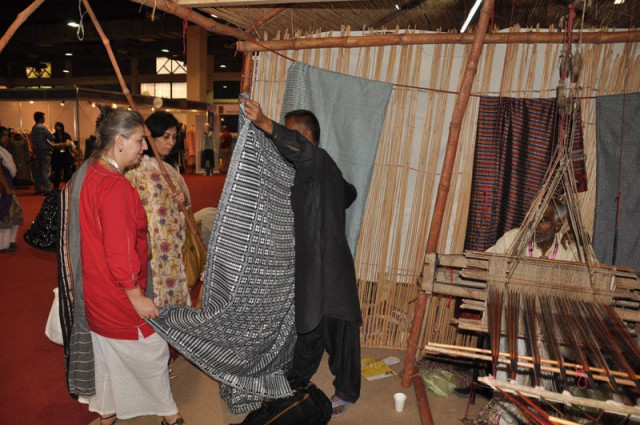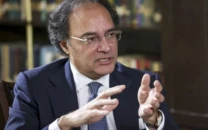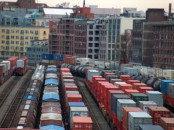Intense competition eating away exhibition business
Growing number of event organisers discourages local, foreign exhibitors.

Does a rise in the number of competitors in an industry result in better market efficiency? Typically, the answer should be yes. However, instead of ensuring the best player’s survival, the rising number of exhibition organisers in Pakistan is turning away domestic and international exhibitors, causing a loss to the national economy, industry experts say.
According to M Saleem Khan Tanoli, CEO of Fakt Exhibitions (Private) Limited, which is one of the largest exhibition organisers in Pakistan with 12 ‘exhibition brands’ to its credit, enhanced competition is actually eating away the exhibition business in the country.
Tanoli says new, small entrants into the business hold parallel trade exhibitions, which keep international participants from taking part in large-scale events. A fixed number of international exhibitors on the one hand and an ever-increasing pool of Pakistan-based exhibition organisers on the other have reduced the level of enthusiasm among exhibitors, causing a loss of business for traders, he says. “A foreign exhibitor can’t turn up six times a year to participate in similar exhibitions in the same city.”
Fakt Exhibitions, which claims to have about 50% market share, plans to hold eight international expos in Pakistan during 2012.
Being the organiser of globally recognised exhibition brands like the International Garment, Textile Machinery and Accessories Exhibition (Igatex) and International Food Equipment and Technology Exhibition and Conference (FT), Tanoli says all exhibition organisers, however small or big, should be registered with the government.
Experts say the success of an exhibition can be gauged from the area in square-metres on which it takes place, the number of exhibitors displaying their products and services, the number of participating countries and the number of ‘quality visitors’ it attracts.
The increasing number of exhibitions, therefore, has reduced their size and effectiveness by attracting fewer international exhibitors and local visitors, Tanoli says.
According to Sohail Aziz, who represents one of the oldest German trade fair organisers Messe Berlin in 10 countries of the region, the only way competition can be encouraged without hurting the volume of business Pakistan gets is to let each major city of the country organise an exhibition of a particular trade.
To support his idea, he cites the example of Germany, whose major industrial cities hold large exhibitions of different trades every year. For this model to succeed, Aziz says the government should build expo centres in major cities. Currently, only Karachi and Lahore have large expo centres.
However, Tanoli believes building more expo centres will be futile without developing the supporting infrastructure, like hotels and roads.
According to Abdul Razzak Chamdia, CEO of BRN Communications, which organises medium and small-scale expos, impressive statistics put out by exhibition organisers about the number of visitors their expos attract are misleading in most cases.
“When someone says 300,000 people attended an expo, generally the claim is false. Suppose the exhibition goes on for 30 hours. Keeping the size of even the biggest of our expos, can you imagine more than two people crossing the expo centre’s gate every second during the three-day fair?” Chamdia asks, rhetorically.
It is because of multiple expos of the same trade, he says, that the size of the premier IT exhibition of Pakistan, ITCN, has now been reduced from four to two halls of the Karachi Expo Centre. “Same is the case with leading food, education and construction exhibition brands.”
Published in The Express Tribune, February 18th, 2012.



















COMMENTS
Comments are moderated and generally will be posted if they are on-topic and not abusive.
For more information, please see our Comments FAQ